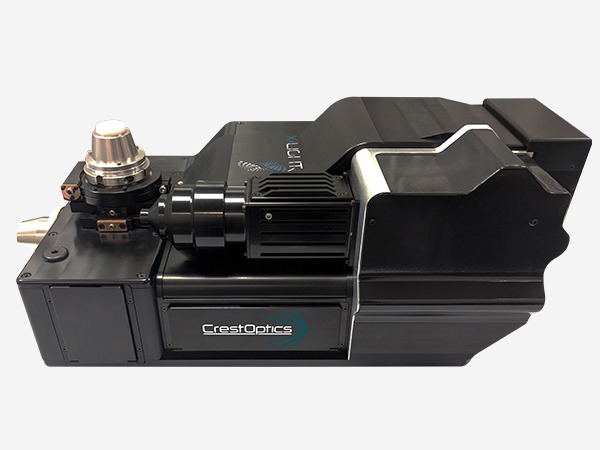A spinning disk microscope is a type of advanced microscopy system that uses a spinning disk with multiple pinholes to create an optical section of a sample. This enables high-speed imaging of living cells and tissues in three dimensions with minimal phototoxicity and photobleaching. The spinning disk system consists of a spinning disk with a set of pinholes, a motor to rotate the disk, and an optical system to direct the excitation light to the sample and collect the emitted light. The pinholes create a pattern of illumination that sweeps across the sample, allowing only a thin slice of the sample to be illuminated at any given time. The emitted light from the illuminated slice is then detected by a camera and used to construct a 3D image of the sample. Spinning disk microscopy is particularly useful for studying dynamic biological processes, such as intracellular transport, cell division, and vesicle trafficking.
Phone
+91-9310249352 / +91-8605504814
+91-9310249352 / +91-8605504814
Spinning Disk

